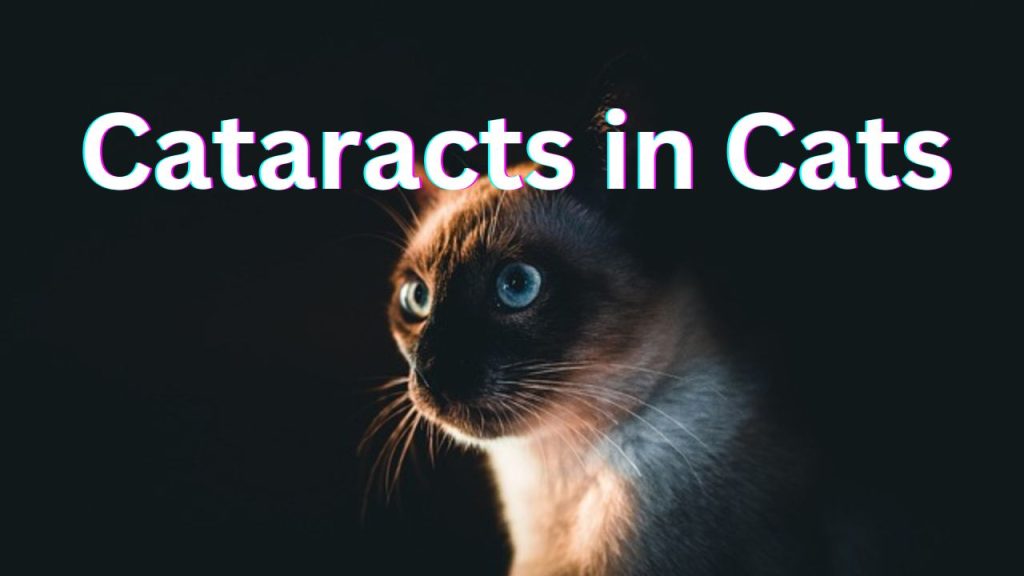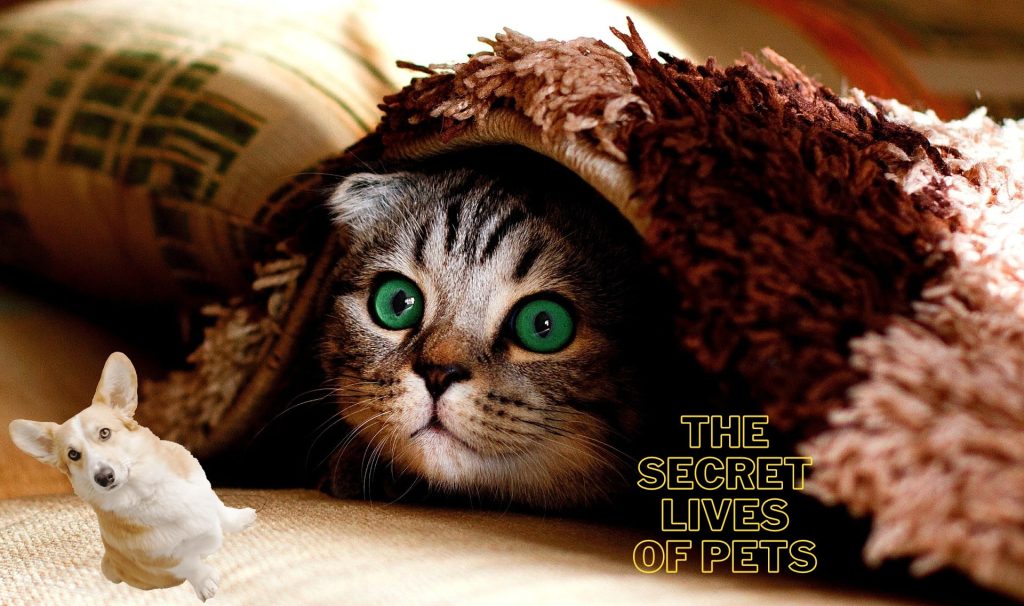Discover everything you need to know about cataracts in cats, including causes, symptoms, treatments, and prevention tips to protect your feline’s vision and overall health.
Cataracts in Cats:
A cataract in cats is not talked about as frequently as other problems in cats, but they can limit your cat’s ability to live comfortably. A cataract is a condition in which the lens of the eye develops a film, which causes dim vision and may culminate in blindness. The present article is a complete reference on cataracts in cats: their cause, signs and when treated.
What Are Cataracts in Cats?
An illness that affects the eye’s lens is called a cataract. To produce a sharp image, light must be focused onto the retina via the lens. The development of cataracts causes the lens to become hazy, impairing normal vision. Cats can have one or both eyes affected by cataracts, which can range in size from tiny, isolated patches to total lens opacity.
Cats can have cataracts, however dogs are more likely to get them. One important distinction from cataracts in humans or dogs is that it is frequently associated with underlying health issues rather than aging alone.
Causes of Cataracts in Cats
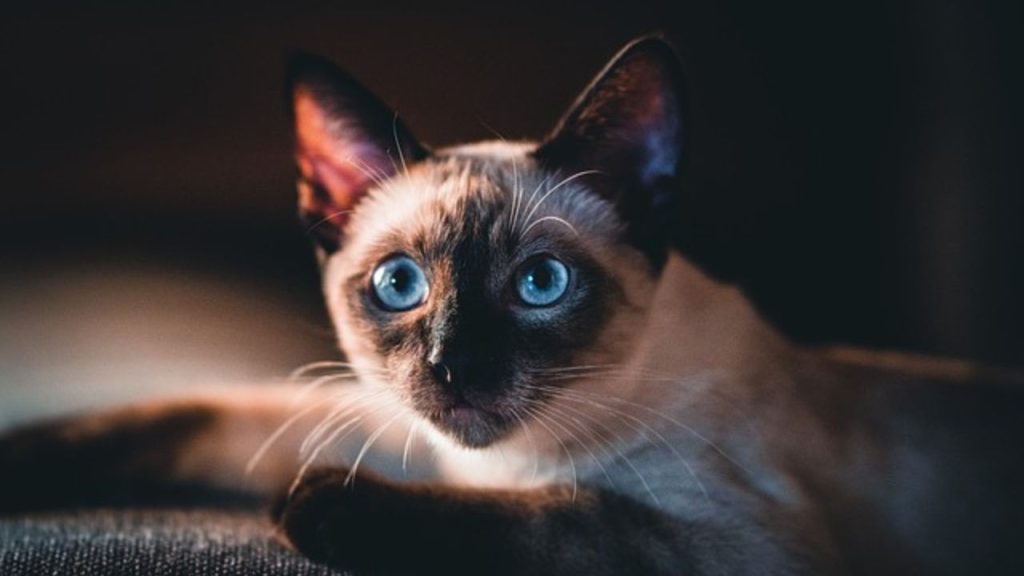
Cataracts in cats can result from several factors. Some of the most common causes include:
1. Genetics
Some types of cats – Siamese or Persian, for instance – are particularly vulnerable to cataracts due to their breed. In such cases, the condition may manifest at such a young age, or else gradually develop as the cat grows older.
2. Injury or Trauma
Cataract is also caused by any physical harm that can affect the eye including a scratch or a puncture. This is mainly attributed to inflammation or distortion of the lens structure as may be occasioned by the injury.
3. Diabetes Mellitus
It should be noted that the root cause of cataracts in cats is also diabetes. High blood sugar levels over some time result to alterations in the lens of the eye which leads to formation of cataracts. The diabetic cataracts may become worse if this condition is not well handled.
4. Nutritional Deficiencies
Cataracts are also symptoms in cats that were denied good nutrition when they were still kittens. There is a close relation between diet and vision since what we eat determines our vision and health status.
5. Infections and Inflammation
Cataracts may be caused by certain eye infections for instance uveitis which is inflammation of the uvea. Inflammations which persist for long or untreated infections may lead to the eye being damaged persistently.
6. Age-Related Changes
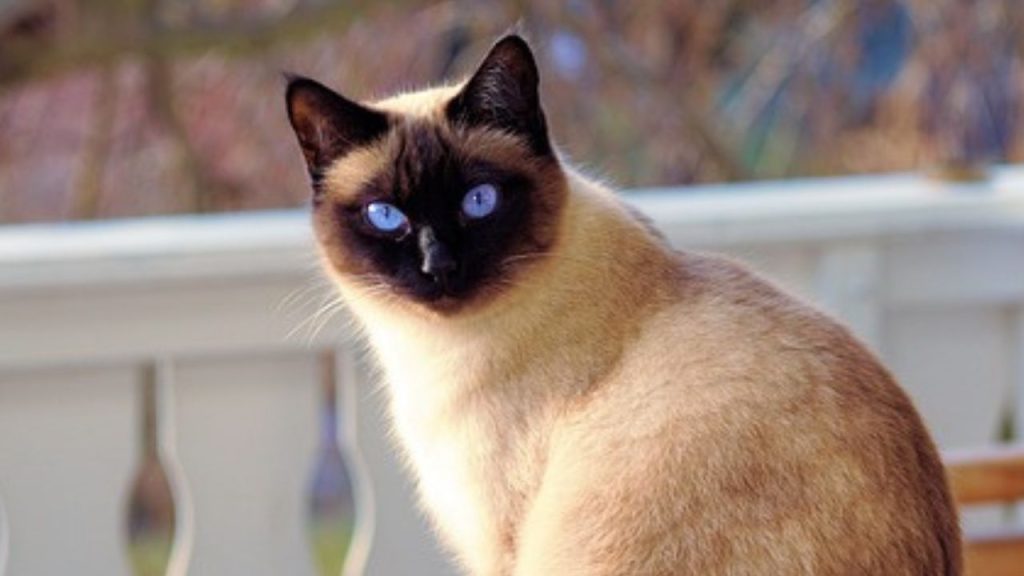
This though is less frequent than in dogs and aging is still known to cause feline cataracts. This is more so because with growing age the lens may become cloudy or opaque and thus form a cataract.
7. Exposure to Toxins
Cataracts in cats can be caused by some medications or toxic substances. For example, it was established that the use of corticosteroids in cases where the treatment spans over a long period of time may result to lens clouding.
Symptoms of Cataracts in Cats
Detecting cataracts in cats can be challenging, especially in the early stages. Cats are good at hiding discomfort, so you need to observe their behavior and physical condition closely. Common symptoms of cataracts include:
- Cloudy or white appearance in the eye: This is often the most visible sign of a cataract.
- Reduced vision: Your cat may bump into furniture or walls, especially in dimly lit areas.
- Changes in eye color or pupil size: The affected eye may appear different in color, or the pupil may look abnormally large.
- Squinting or blinking excessively: This can indicate discomfort or pain in the eye.
- Reluctance to jump or climb: Cats with vision problems may avoid high places.
- Behavioral changes: Your cat may become more anxious or less active due to vision impairment.
Diagnosing Cataracts in Cats
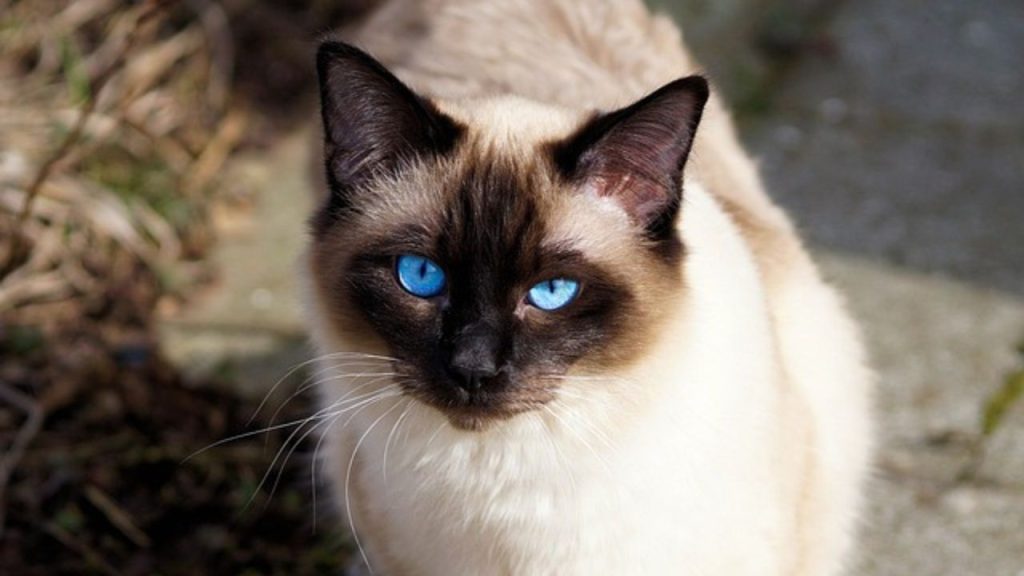
Cataracts are best diagnosed and treated as early as possible; therefore, if you think that your cat has this ailment, consult your veterinarian immediately. Diagnosis typically involves:
1. Physical Examination
During veterinarian visit, the vet may check your cat’s eyes for instance opacities, inflammation, or injury.
2. Ophthalmic Examination
Other instruments like the ophthalmoscope may be used to assess the lens, retina and any other part of the eye.
3. Blood Tests
As diabetic cataracts are often signs of diabetes, blood tests are compulsory to diagnose any other synchronous diseases.
4. Ultrasound Imaging
For fully evolved cataract, the doctor may recommend an ultrasound of the eye to determine the level of the vision obstruction and other related problems like detachment of the retina.
Treatment Options for Cataracts in Cats
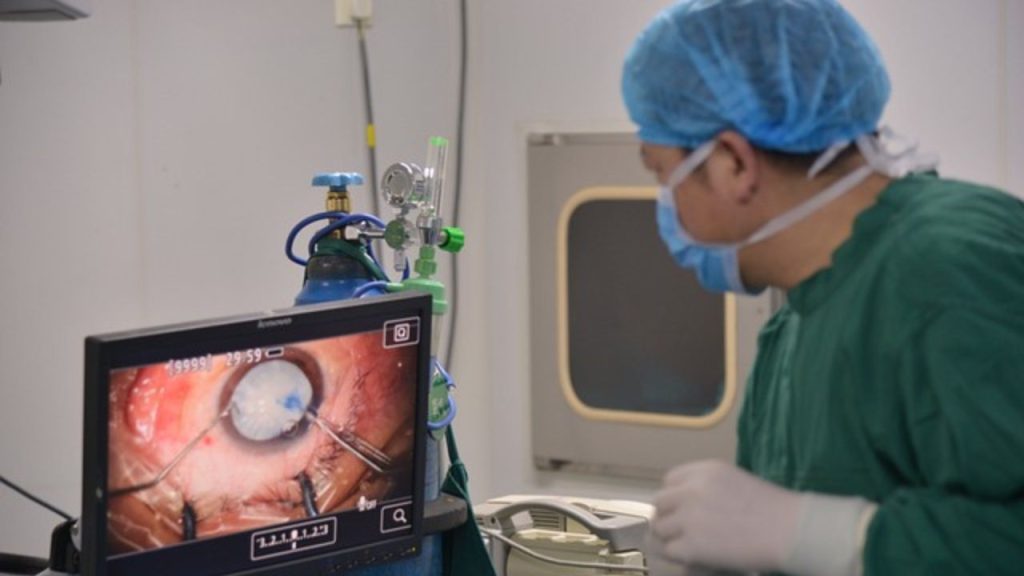
The management of cataracts in cats depends with the cause and the degree of cataracts developed in the lens of the eye. Here are the main options:
1. Treating the Cause
If you have cataract due to diabetes, inflammation or infection, controlling diabetes, inflammation or infection is important. For example:
Diabetes management: By using patients insulin and a proper diet with little amounts of carbohydrates intake, the level of blood glucose can be controlled.
Anti-inflammatory medications: These may be given when prescribed for a conditions such as uveitis.
2. Surgical Removal
Cataracts can be eliminated through surgery with great success in reversing vision loss. The operation takes its name from the apparatus – phacoemulsifier – which uses high-frequency ultrasonic waves to emulsify and suction out the cataractous lens, which is thereafter replaced by an intraocular lens.
Although cataract surgery in cats appears to be less frequent as compared to that performed in dogs, the treatment is available in specialized clinics for small animals. But surgery is only done when the cataracts interfere with the cat’s well-being and normal functioning in the feline.
3. Medications
To decrease the development of cataracts or lessen related inflammation, doctors may occasionally give eye drops or oral drugs. But cataracts cannot be reversed by these therapies.
4. Supportive Care
For cats that are not candidates for surgery, supportive care is essential to ensure they adapt to their vision changes. This may include:
- Creating a safe and predictable environment.
- Avoiding sudden changes in furniture layout.
- Using toys that make noise to engage your cat.
Preventing Cataracts in Cats
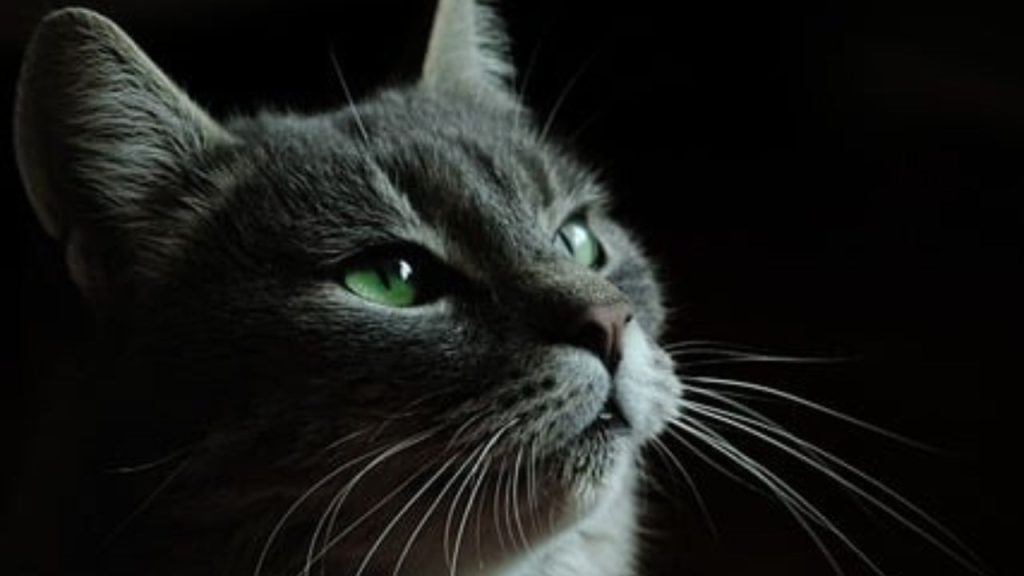
Although it is impossible to prevent every instance of cataracts, there are things you can do to lower your risk:
Frequent veterinary examinations: These examinations can aid in the early detection of eye issues.
Control underlying conditions: Maintain control of diabetes and other chronic conditions.
Make sure you eat healthily: Make that your feline receives a well-rounded diet that includes vital vitamins and minerals.
To reduce the chance of eye injuries, keep your cat indoors or keep an eye on them while they are outside.
Stay away from dangerous substances: Make sure your cat cannot get harmful substances or prescription drugs.
Living with a Cat with Cataracts
If your cat has cataracts, you can make adjustments to help them live a comfortable life:
Maintain a consistent environment: Do not lift objects such as sofa, beds or other household utilities that have been dropped or fallen off.
Use tactile and auditory cues: You and your cat can use your voice or toys, which has bells, to direct the cat.
Monitor their health: Monitor how they behave and talk to the vet if you see something that is out of the ordinary.
Cats as animal’s owners have found to be very flexible, so they can easily cop with the situation especially when their owners take them through the process of adapting to the situation.
Frequently Asked Questions (FAQs)
1. Can cataracts in cats go away on their own?
No, cataracts do not resolve without treatment. They may progress over time and require medical or surgical intervention.
2. How much does cataract surgery for cats cost?
Cataract surgery can cost anywhere from $2,000 to $4,000, depending on the clinic and location.
3. Are there home remedies for cataracts in cats?
There are no proven home remedies to cure or reverse cataracts. Always consult a veterinarian for appropriate treatment.
4. Can older cats develop cataracts?
Yes, older cats are more prone to cataracts due to age-related changes, though it is less common compared to other species.
5. Is cataract surgery safe for cats?
Yes, cataract surgery is generally safe when performed by an experienced veterinary ophthalmologist. However, risks such as infection or complications exist. Read about effective home remedies for cat with fever.
Conclusion
Cataracts for cats are still a serious issue and the animals must be attended and treated properly. This article educates you on what to expect in a cat and what measures to take in the event of such a situation. Feeding your pet a healthy diet and being sure that your pet’s living environment is free from harm, eye problems like cataracts can be avoided or well controlled.
If you have such doubts concerning your cat, it’s high time to consult a veterinarian. In many cases, the chance of early and successful therapy can make a lot of difference to your beloved pets.

